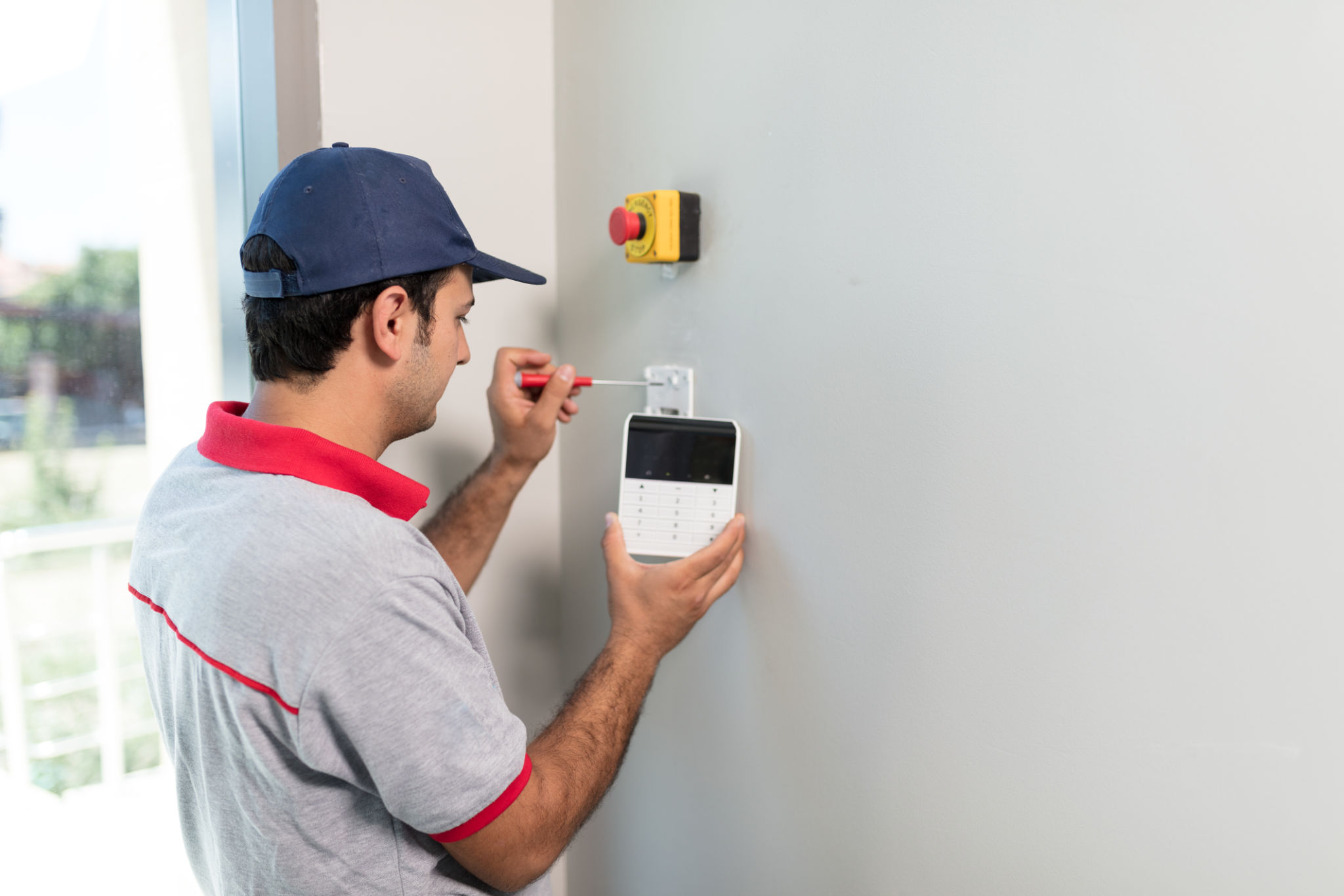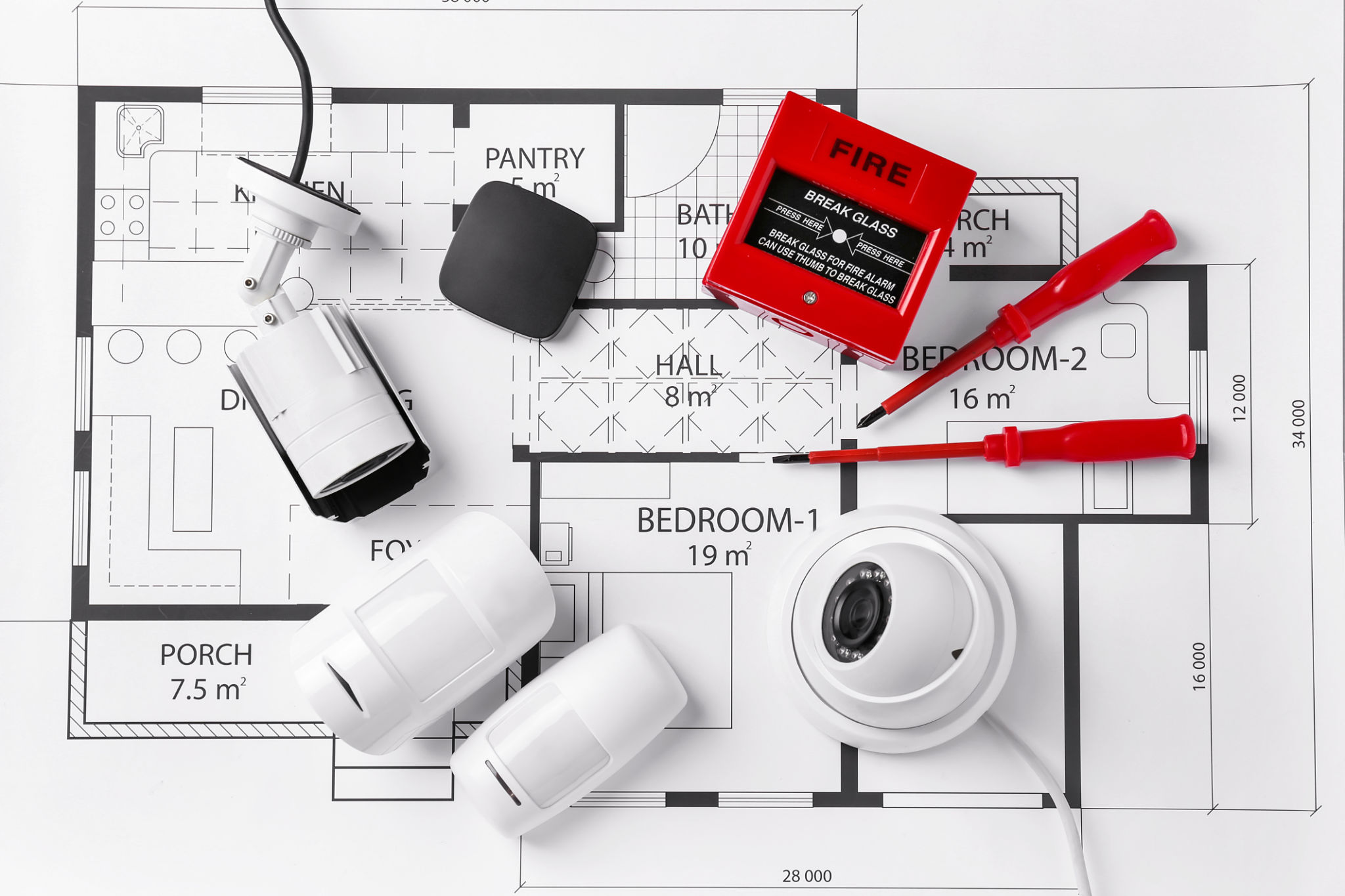DIY Home Security: Installing Alarms and Systems
IS
Understanding Home Security Needs
Home security is a top priority for many homeowners. Installing your own security system can be both cost-effective and empowering. Before diving into the installation process, it's essential to understand your specific security needs. This involves assessing potential vulnerabilities in and around your home.

Consider factors such as the size of your property, the number of entry points, and the level of crime in your area. By identifying these elements, you can tailor your security system to provide optimal protection.
Choosing the Right Alarm System
Once you know what you need, the next step is selecting an appropriate alarm system. There are various options available, from basic setups to more sophisticated systems with smart home integration. Consider features such as motion detectors, door/window sensors, and cameras.
For those looking to incorporate technology, smart alarms offer remote monitoring and control via smartphone apps. This feature allows you to keep an eye on your home from anywhere, providing peace of mind.
Gathering Necessary Tools and Equipment
Before starting the installation, ensure you have all the necessary tools and equipment. This typically includes a drill, screwdriver, level, and measuring tape. Most alarm systems come with a detailed instruction manual, so having that on hand is crucial.

In addition to tools, make sure you have all the components of your alarm system, such as sensors, control panels, and any additional accessories you plan to install.
Installing Your Alarm System
Begin the installation by positioning the control panel in a central location. This is the hub of your security system and should be easily accessible. Follow the manufacturer's instructions for wiring and setup.
- Install sensors on doors and windows to detect unauthorized entry.
- Place motion detectors in strategic locations to cover wide areas.
- Mount cameras where they can capture key vantage points.

Ensure each component is securely mounted and tested to verify functionality. Regular testing is crucial to maintain an effective security system.
Integrating Smart Features
If your system includes smart features, set up your mobile app to sync with the alarm system. This allows you to monitor your home remotely and receive alerts in real-time.
Many smart systems also offer automation capabilities, such as turning lights on and off or locking doors remotely. Utilize these features to enhance your home security further.
Maintaining Your Security System
Regular maintenance is key to ensuring your system remains effective. Check all sensors, batteries, and connections periodically to prevent malfunctions. Keep your software updated to protect against potential cyber threats.

By staying proactive, you can rest easy knowing your home is well-protected. A well-maintained system not only deters intruders but also provides peace of mind for you and your family.
